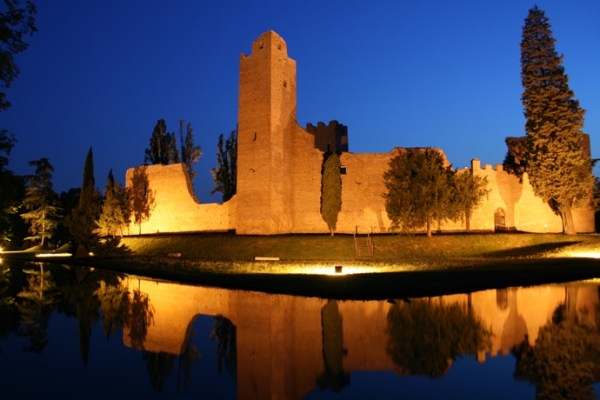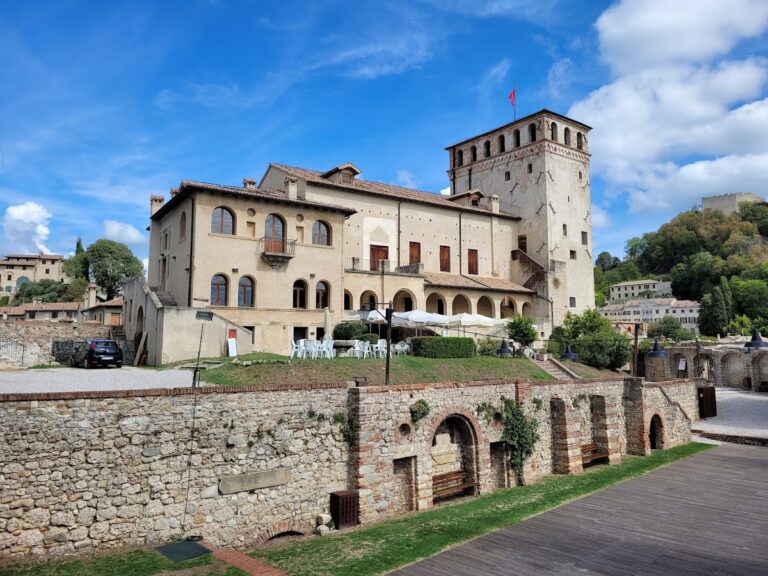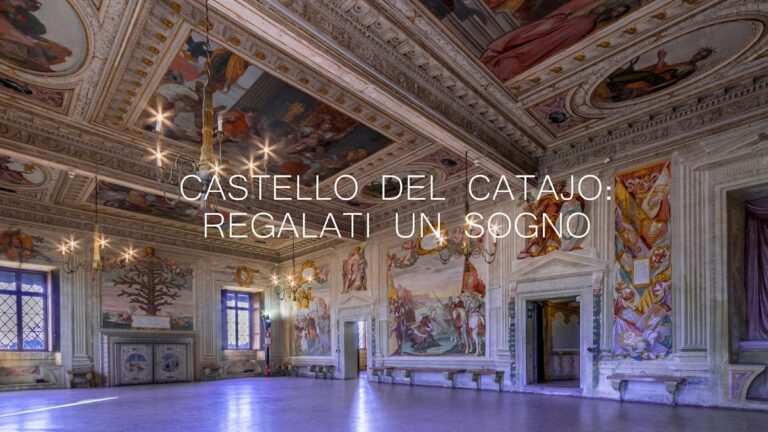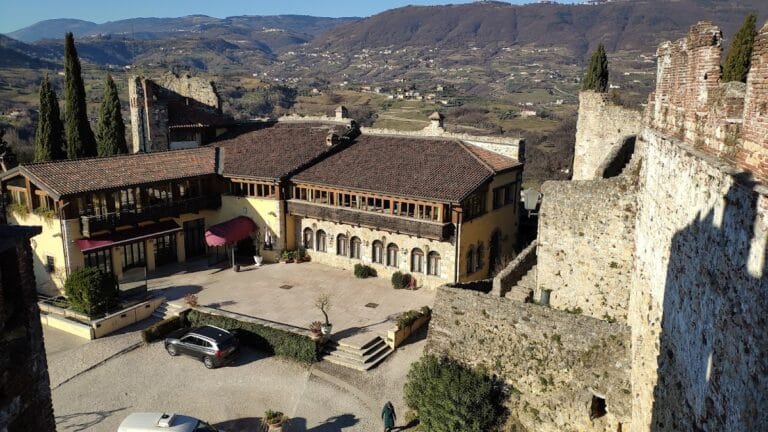Rocca dei Tempesta: A Medieval Fortress and Administrative Center in Noale, Italy
Visitor Information
Google Rating: 4.5
Popularity: Medium
Google Maps: View on Google Maps
Official Website: www.comune.noale.ve.it
Country: Italy
Civilization: Medieval European
Remains: Military
History
The Rocca dei Tempesta is located in Noale, Italy. It was originally built by the medieval civilization under the direction of Ezzelino III da Romano in the mid-13th century. This fortress played a role in the region’s military and administrative history during the Middle Ages and beyond.
Construction of the Rocca began in 1245 under Ezzelino III da Romano, a notable military leader and lord, and the work was completed in 1272 by the Tempesta family, who held feudal lordship over Noale. Initially, the castle served as a military stronghold designed to exert control and defend the territory. In the early phase, the fortress was an important fortification amid the frequent conflicts characterizing northern Italy at the time.
Following the submission of Padua to the Venetian Republic in 1339, the Rocca’s strategic importance increased. It became a base for Venetian administrators and troops charged with maintaining control over the area. Between 1378 and 1381, the fortress experienced intense military action during sieges when forces from Padua, led by the Carraresi family, captured it. However, Venice soon retook the castle and undertook repairs to restore its defensive capabilities.
With the introduction of gunpowder weaponry in the 15th century, the Rocca’s design and function as a fortress became outdated. Its walls and towers could no longer provide effective defense against artillery, and this shift led to a gradual decline in its military use. By the 15th century, it ceased to serve primarily as a fortress and instead became the residence and office of the Podestà, the Venetian magistrate responsible for local administration. The Rocca remained in this administrative role until the 18th century.
In 1763, the Venetian authorities permanently abandoned the Rocca, moving their offices to other buildings in Noale’s town center. Over the following centuries, the castle fell into ruin. From 1819 until 1983, the site was repurposed as the town’s cemetery, a function that continued until graves were exhumed in 1996. In recent decades, restoration efforts have stabilized the remaining structure, allowing it to be used for cultural activities.
Remains
The Rocca dei Tempesta occupies about 2,400 square meters on an artificial island encircled by the waters of the Marzenego River. This moat-like water barrier highlights its original defensive purpose and gives it a distinctive setting within what is now an urban park in Noale. The castle’s layout reflects its medieval military origins, designed to protect its occupants and withstand sieges typical of the era.
Originally, multiple towers defended the structure, providing lookout points and strong defensive positions. Today, only three of these towers remain standing. Their construction predates 1250, as shown by the absence of machicolations—openings that later became common in medieval fortifications for dropping projectiles on attackers. The main keep, or mastio, was positioned on the northern side of the castle, serving as a last refuge and command center within the fortress.
Inside the walls, the Rocca once housed several functional spaces. These included the residence of the lordly family, quarters for soldiers, an armory for weapons storage, guest rooms, a small church for religious observance, kitchens, stables for horses, prison cells, and rooms for storing provisions. Although details of these interiors are scarce, their presence reflects the castle’s role as both a military base and administrative center.
Today, the remains consist mostly of large sections of the outer walls, which have partly collapsed or been dismantled over time. Some stones and materials were removed from the ruins in later centuries and reused for local building projects, a common practice when fortresses lost their defensive use. The moat surrounding the castle still holds water from the Marzenego River, outlining the fortress’s original island setting and helping to preserve its shape.
While no decorative elements, inscriptions, or artifacts such as tools or pottery have been documented at the site, the structural remains provide a tangible connection to the Rocca’s historical development. The combination of towers, walls, and the main keep gives insight into the castle’s medieval defensive design, despite its partial ruinous state today.







